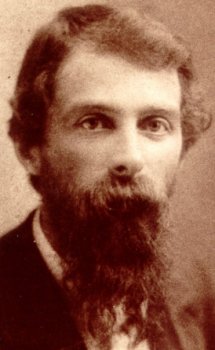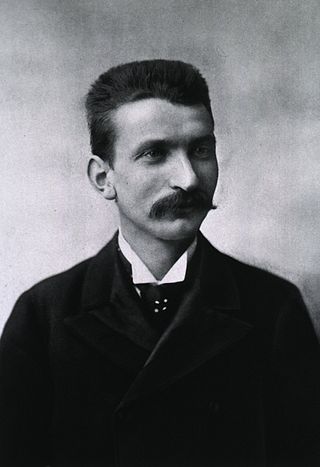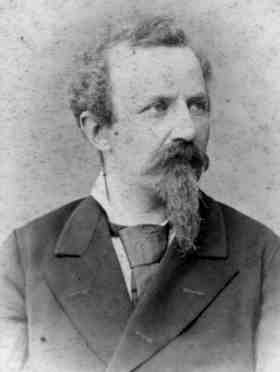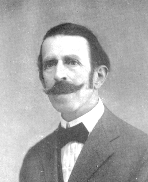
The University of Pavia is a university located in Pavia, Lombardy, Italy. There was evidence of teaching as early as 1361, making it one of the oldest universities in the world. It was the sole university in Milan and the greater Lombardy region until the end of the 19th century. In 2022, the university was recognized by the Times Higher Education among the top 10 in Italy and among the 300 best in the world. Currently, it has 18 departments and 9 faculties. It does not have a main campus; its buildings and facilities are scattered around the city, which is in turn called "a city campus". The university caters to more than 20,000 students who come from Italy and all over the world.

Count Angelo De Gubernatis, Italian man of letters, was born in Turin and educated there and in Berlin, where he studied philology. He was nominated for the Nobel Prize in Literature fourteen times.

Giuseppe Ferrari was an Italian philosopher, historian and politician.

Filippo De Filippi was an Italian doctor, traveler and zoologist.

Paolo Frisi was an Italian priest, mathematician and astronomer.

Paolo Gorini was an Italian mathematician, professor, scientist, and politician renowned as a pioneer of cremation in Europe, primarily in the United Kingdom.

Enrico Sertoli was an Italian physiologist, histologist, anatomist, biologic chemist, physician, teacher, and inventor. He is remembered for his discovery regarding the branched cells of seminiferous tubules.

Eusebio Oehl was an Italian histologist and physiologist who was a native of Lodi.

Giuseppe Piermarini was an Italian architect who trained with Luigi Vanvitelli in Naples and designed the Teatro alla Scala in Milan (1776–78), which remains the work by which he is remembered. Indeed, il Piermarini serves as an occasional journalistic synonym for the celebrated opera house. Piermarini was appointed professor in the Academy of Fine Arts of Brera, better known as Brera Academy, Milan, when it was formally founded in 1776.

Giuseppe Pellizza da Volpedo was an Italian Divisionist painter. Pellizza was a pupil of Pio Sanquirico. He used a Divisionist technique in which a painting is created by juxtaposing small dots of paint according to a specific colour theory. Although he exhibited often, his work achieved popularity in death through their reproduction in socialist magazines and the acclaim they received from 20th-century art critics.

Pietro Grocco was an Italian physician.
Giulio Branca was an Italian sculptor, active mainly in Milan.
Pietro Michis was an Italian painter, mostly of genre scenes.

Filippo Bottazzi was an Italian biochemist who is considered the father of Italian Biochemistry. Bottazzi conducted experiments on the physiology and biochemical aspects of blood in his early career. His political association with the fascist regime in Italy and his participation in antisemitism led to his scientific contributions being overlooked.

Luigi Valentino Brugnatelli was an Italian chemist and inventor who discovered the process for electroplating in 1805.

Alfonso Cossa was an Italian chemist.

Giuseppina Aliverti was an Italian geophysicist specializing in several fields of terrestrial physics. She is remembered for developing the Aliverti-Lovera method of measuring the radioactivity of water.

Alessandro Lustig or Alessandro Lustig Piacezzi was an Austrian-Italian pathologist who worked on a number of infectious diseases and their management. He developed approaches to boost immunity against plague, worked on approaches in the management of malaria and established the Institute of General Experimental Pathology and Bacteriology at the Royal University of Florence in 1923. He served as a senator from 1911, holding important positions in several universities.
Giuseppe Mariani was an Italian dermatologist and medical researcher. During World War I he received the Silver Medal of Military Valor while attempting to rescue injured soldiers. After the war he returned to his work on dermatology and eventually moved to the University of Genoa where he chaired the department of dermatological studies and ran its clinic. He used the city's San Martino Hospital's leprosarium to hide Jews from deportation to Germany during the Holocaust. He retired from the University in 1955, but continued to publish research during his retirement.

Giuseppe Albini was an Italian philologist, Latinist and politician.

















